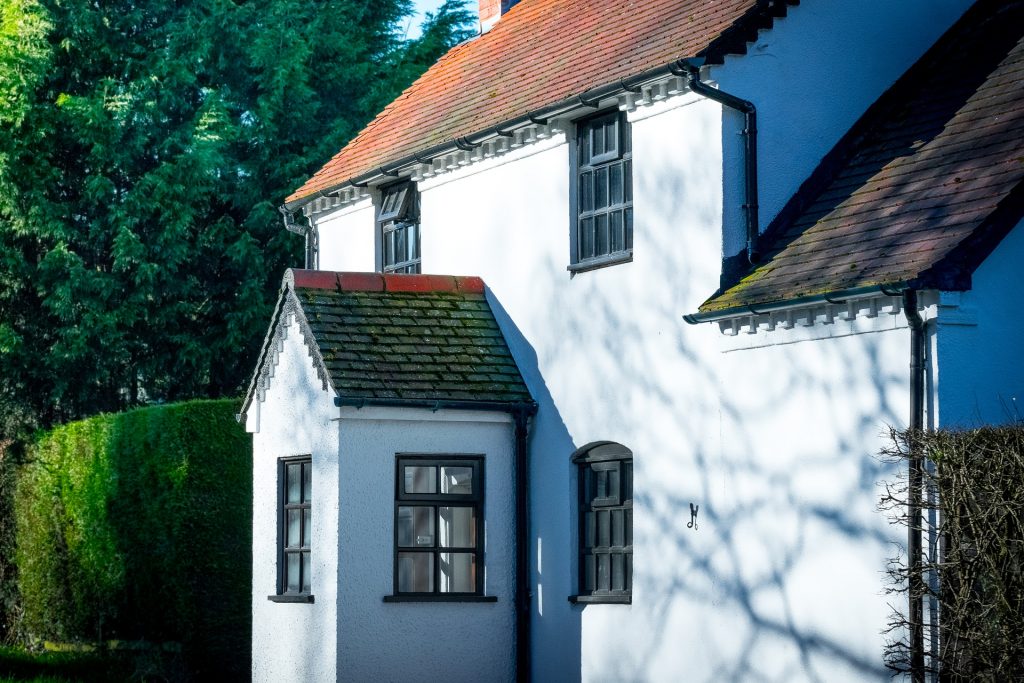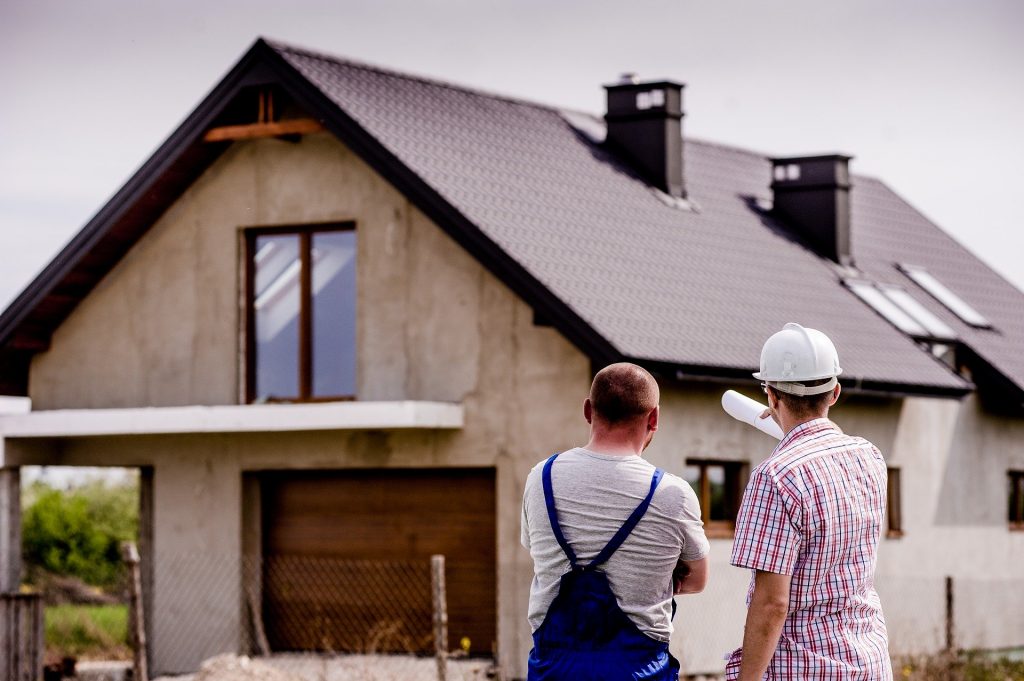When looking at home insurance, it can be divided into two sections – Buildings & Contents. Most people choose to take out combined policies covering both areas, while some opt for just Buildings only cover. This is most common to satisfy requirements for mortgage holders, as the lender will require you to have this in place to protect them against loss.
In this article, we’ll cover some common questions about Buildings cover and some helpful tips to help you to take out the right cover for you.

One easy way to think about it is if you were moving house – anything that you don’t take with you (like bathroom fixtures, doors, windows etc) would usually be counted under ‘Buildings’. It typically also extends to any outbuildings/garages/sheds not connected to the main property.
The result is that Buildings insurance is only required for people who own their property freehold. If it’s owned leasehold (as in a block of flats), or if the property is rented, then it’s not usually the occupier’s responsibility to insure the Buildings. This should be covered by the landlord or the management company of the building.

The most common misconception with Buildings insurance is the amount for which the property is insured. If you imagine the worst case scenario (the maximum payout that you would receive), this could be for a fire that entirely destroyed your home. In this case, where workers would essentially have to start from scratch, the insurance will cover the total cost of the rebuild to put your home back to how it was (from a structural sense and including any fixtures that fall under ‘Buildings’).
But when you think about the value of your home, you probably think of the market value – how much you would get for it if you sold – as this is seemingly what it costs to buy. However, a large part of the property value is tied up in the land itself for freehold properties. That means that even in the case of total loss, the amount the insurer will pay to rebuild your home is usually noticeably less than the market value.

There are two relatively straightforward ways of doing this, though one is more accurate than the other.
Firstly, if you’ve recently bought your home then you will likely have commissioned a survey of the property. If you dig that out, it should include a note somewhere that states the estimated total rebuild value. This is the figure that you’re looking for as a benchmark for how much cover is required.
However, this cost can change over time and it’s not usually practical to instruct a survey if you’ve been living there for some time. Instead what you can do is use an online tool to estimate it for you. Just go to https://abi.bcis.co.uk/ and you can get an estimate to use for your insurance for free. The tool was created by the Association of British Insurers in conjunction with the Royal Institution of Chartered Surveyors, and many insurers will direct you there if you’re unsure of how much Buildings cover you need.

It is increasingly common for insurers to offer a fixed rate of cover to all customers – at coverbaloo, we cover Buildings up to £1 million as standard. The benefit of this is that most people don’t need to worry too much about being underinsured, as remember the general rule of thumb…
So unless your property is worth more than £1 million, in most cases you can rest easy knowing that level of cover is enough.
However, if the insurance premium is dependent on the amount of Buildings cover you take, you’ll need to get the right amount for you. This confusion over market value is why it’s far more common that people are overinsured for their buildings.
Premiums that charge variably by amount may be cheaper for some properties, particularly where a very low level of cover is needed, but in many cases it can often be just as competitive (and simpler to work out) to go for fixed value cover.
The other extreme can also be misleading though. Many providers offer ‘Unlimited’ cover, which sounds very reassuring. And it is, it means your property will definitely be covered regardless of its rebuild value. The catch is whether you are paying more than you need to for the ‘Unlimited’ level, when a blanket rate of £1 million would be more than enough. For customers in this situation, ‘Unlimited’ is no better than a high fixed rate of cover, and can often be worse for them as it’s more expensive for no added benefit.
Hopefully you now feel a bit more informed about protecting your home and can find the cover that’s right for you.
Check out the other posts on our blog for more helpful tips on your home insurance.
And if you want to get a quote for Buildings cover, either standalone or combined with Contents, click on the link below and get a price in 5 minutes.
Subscribe to our newsletter to be notified when we publish more useful free guides